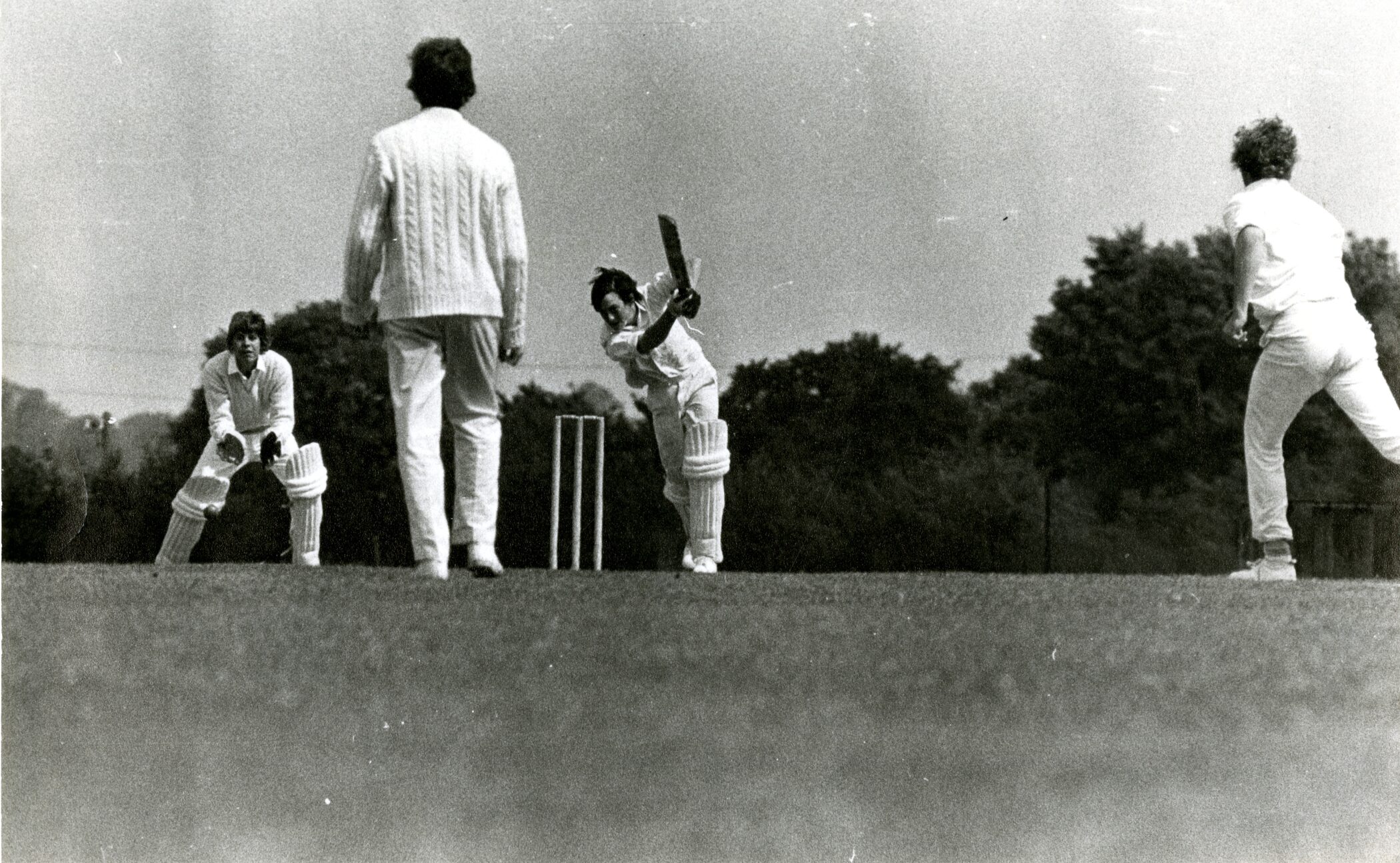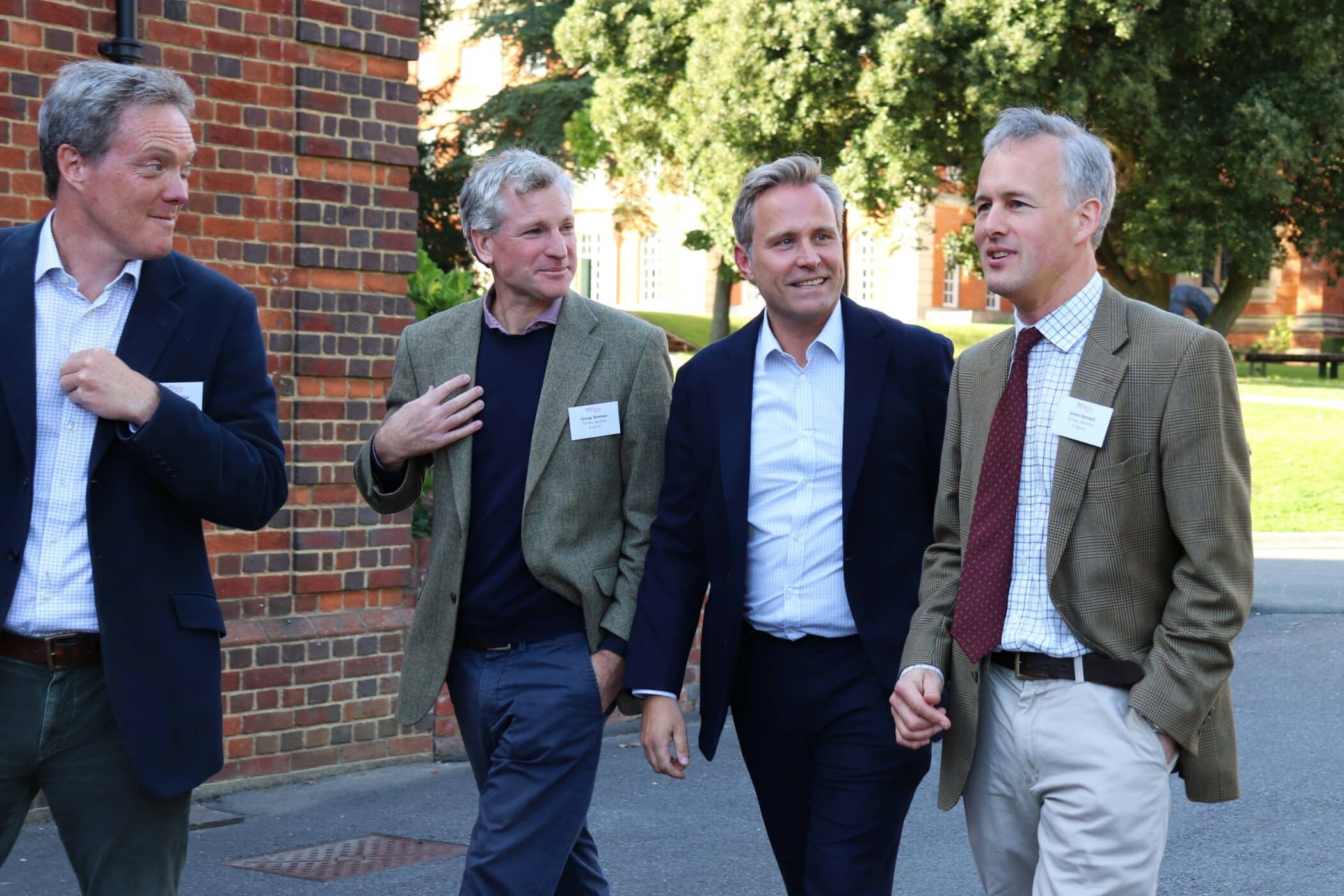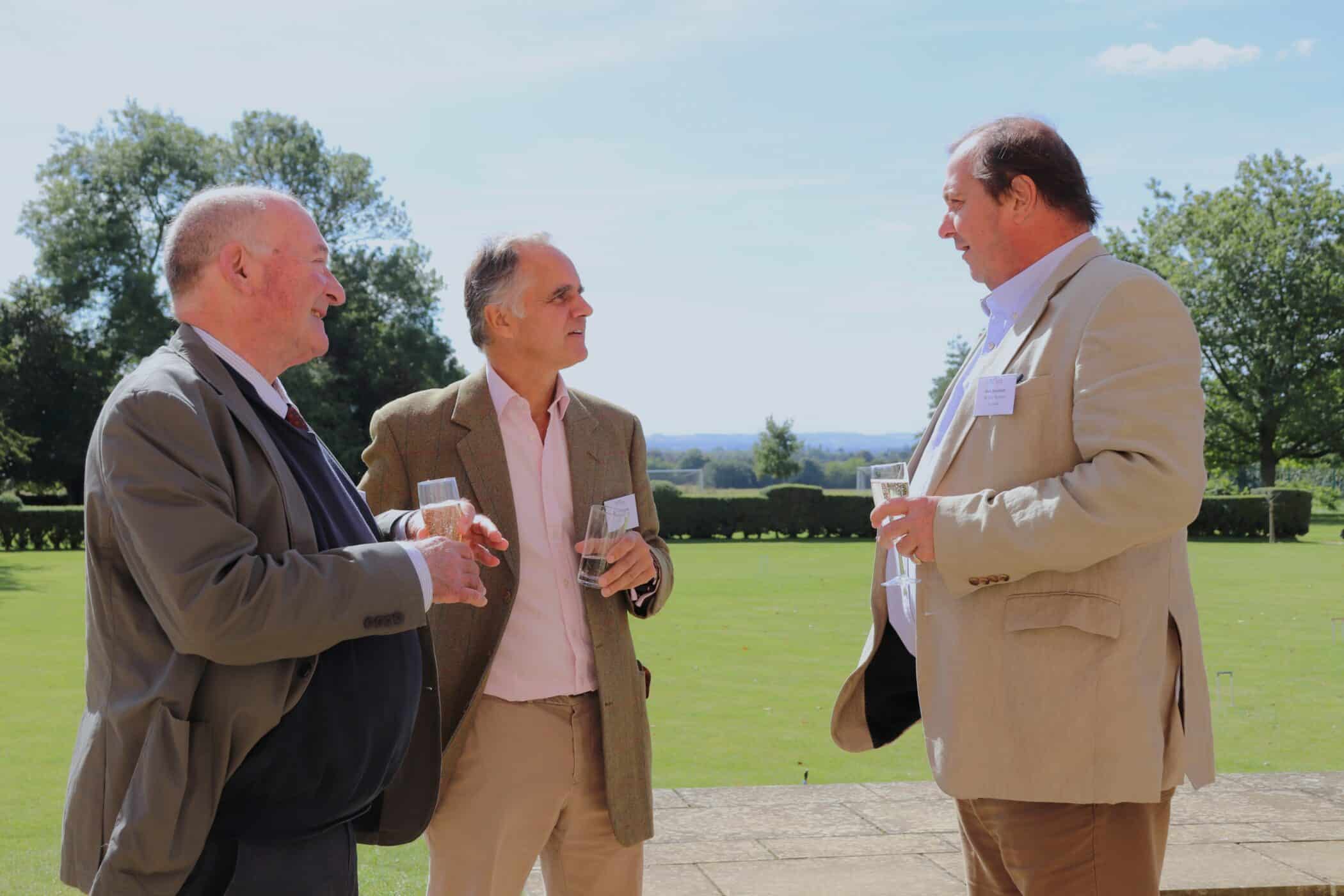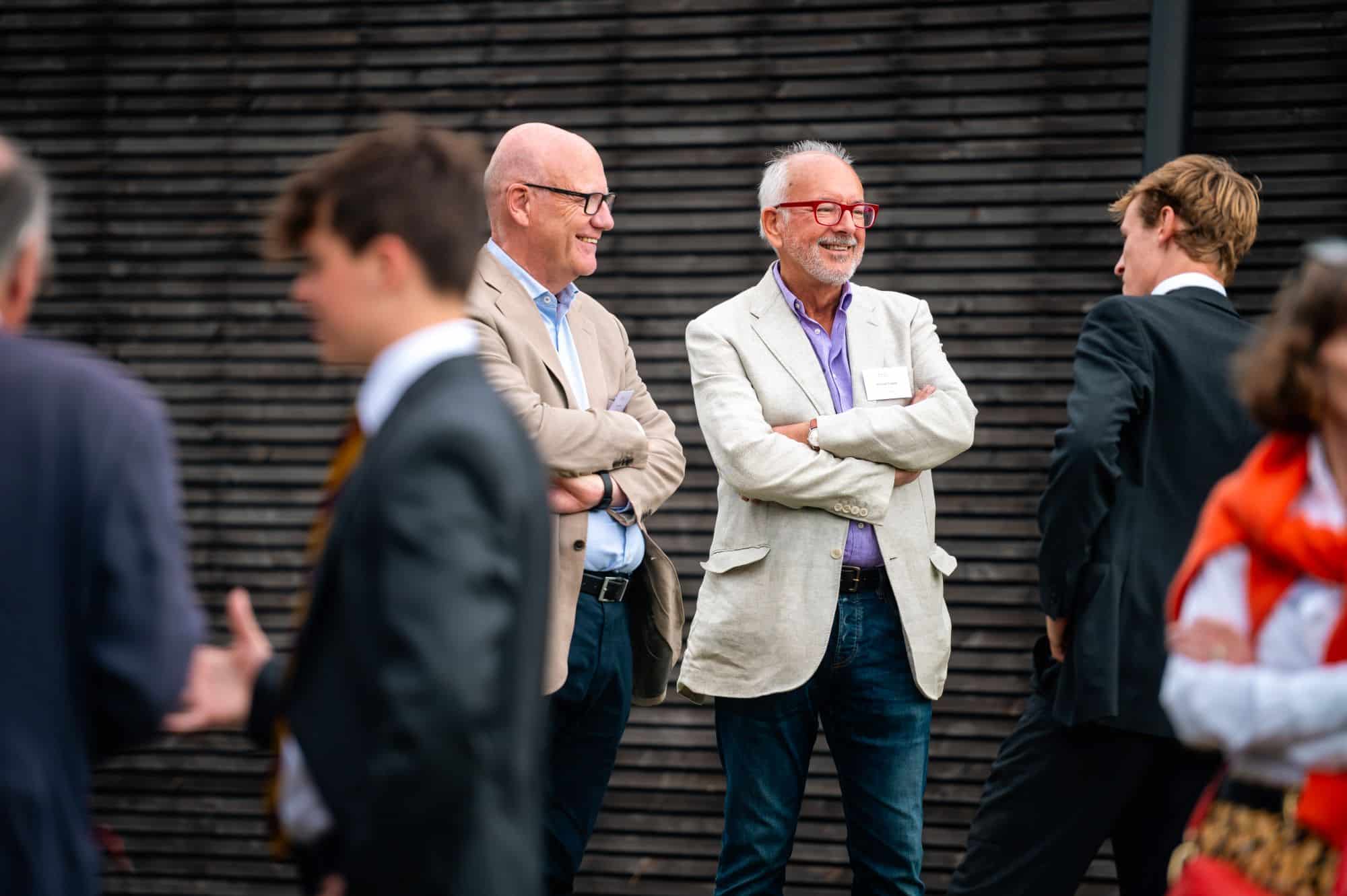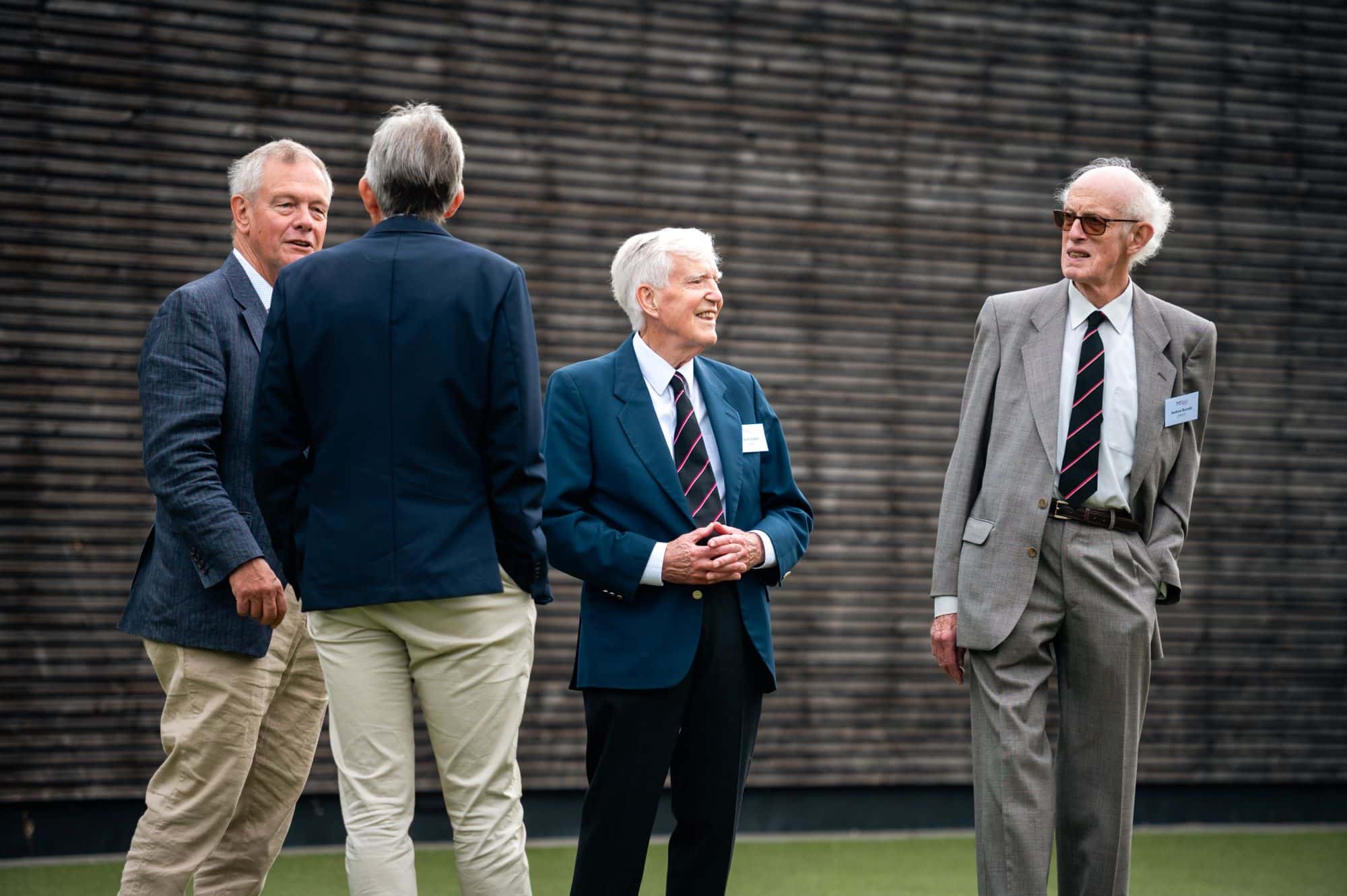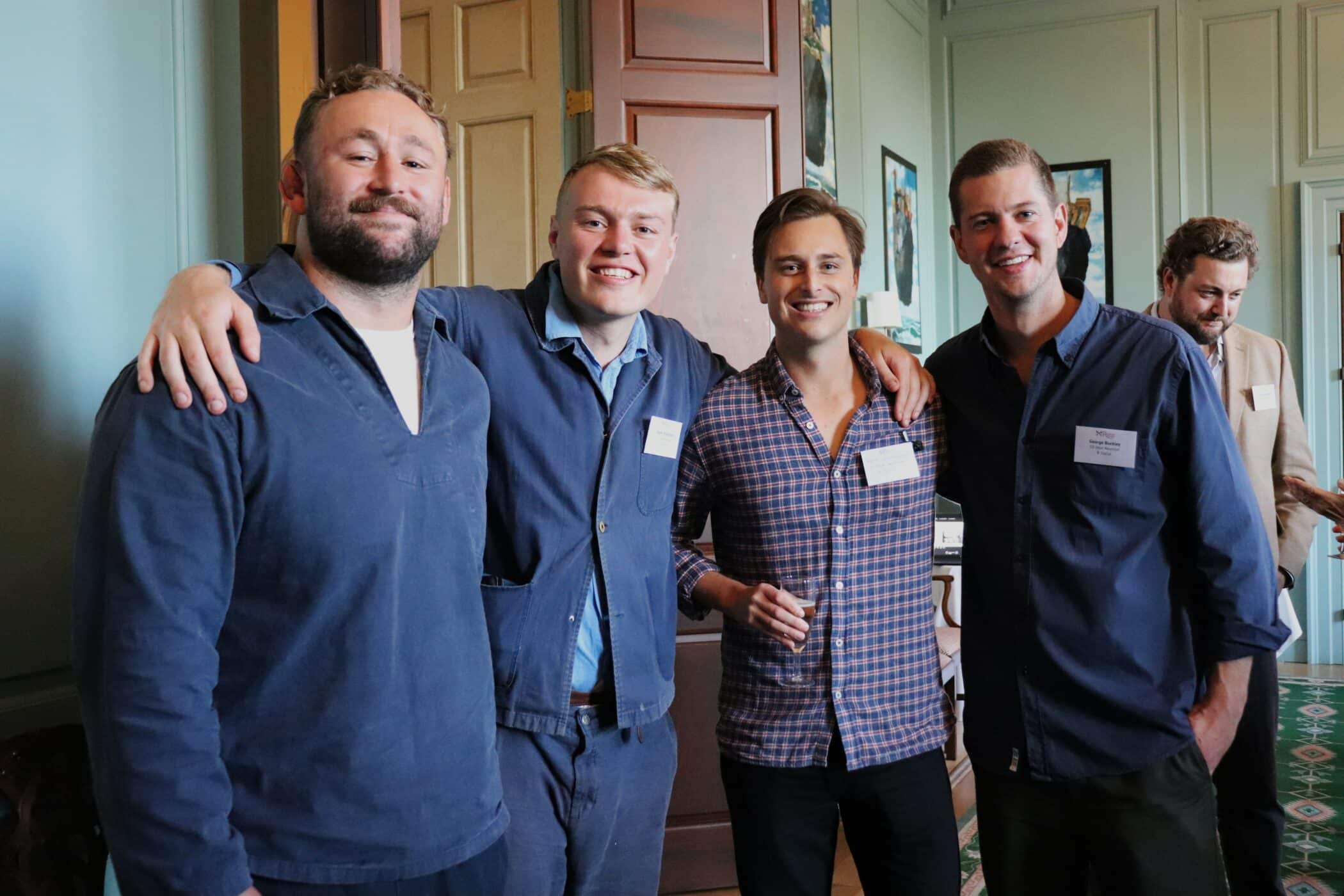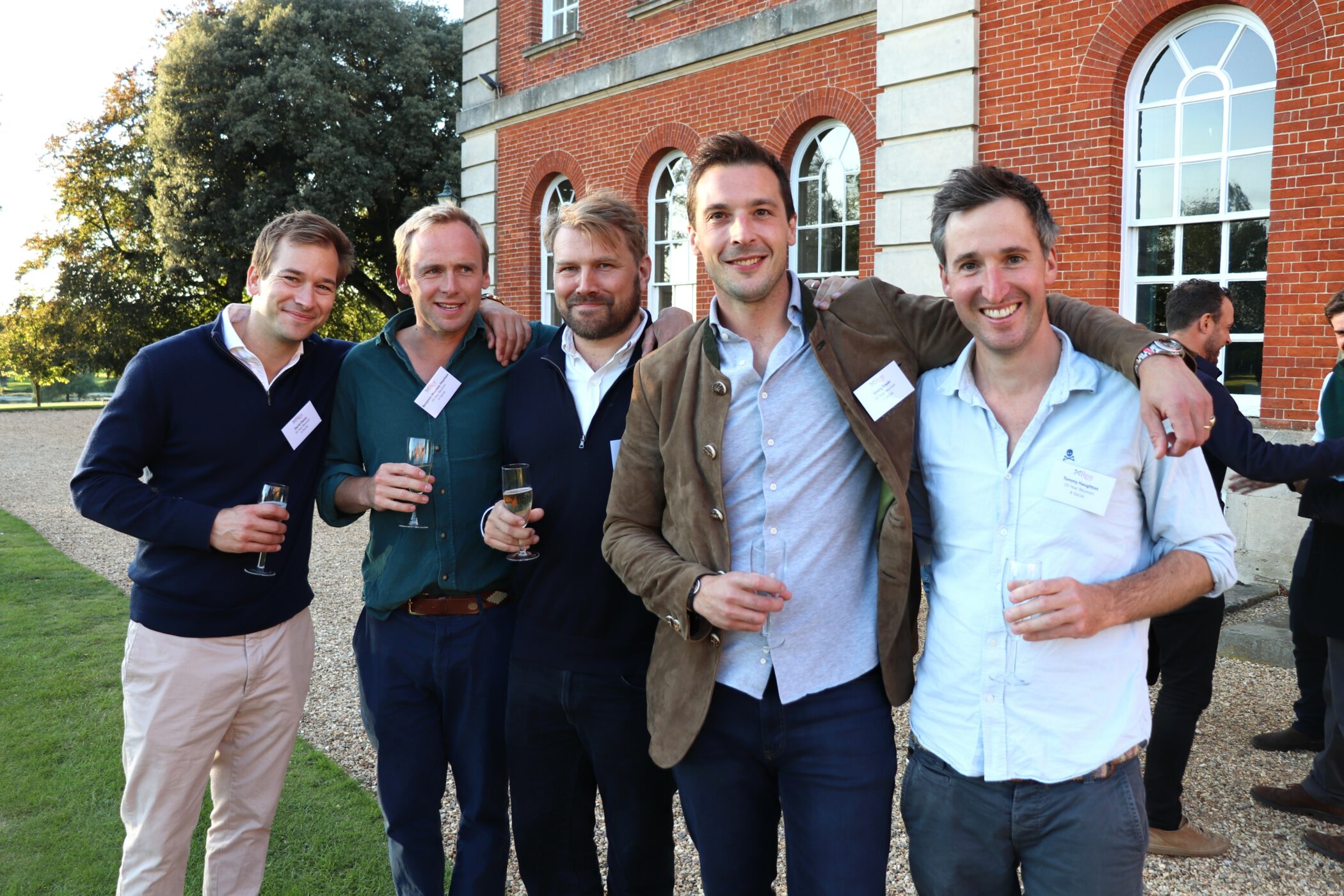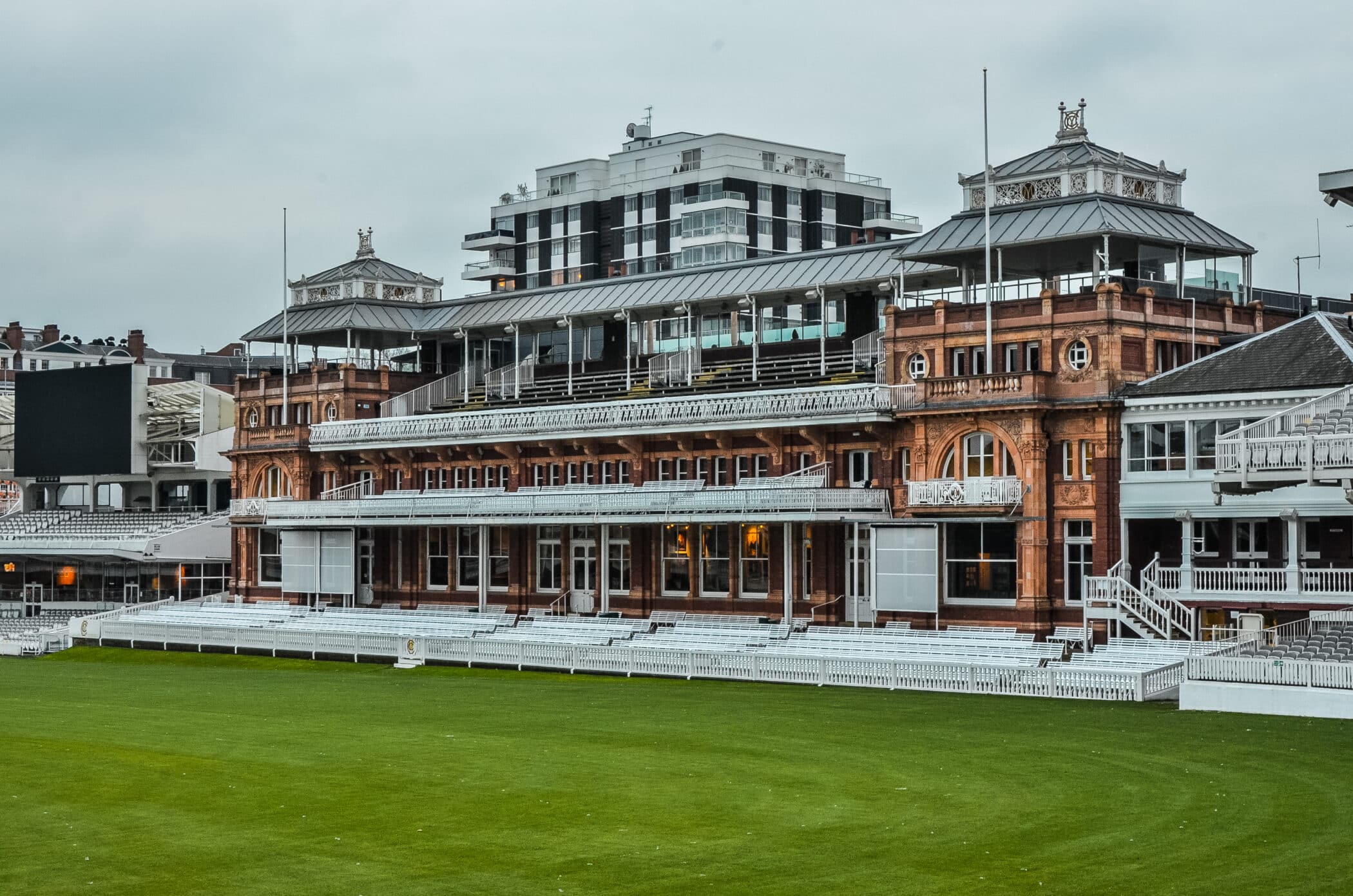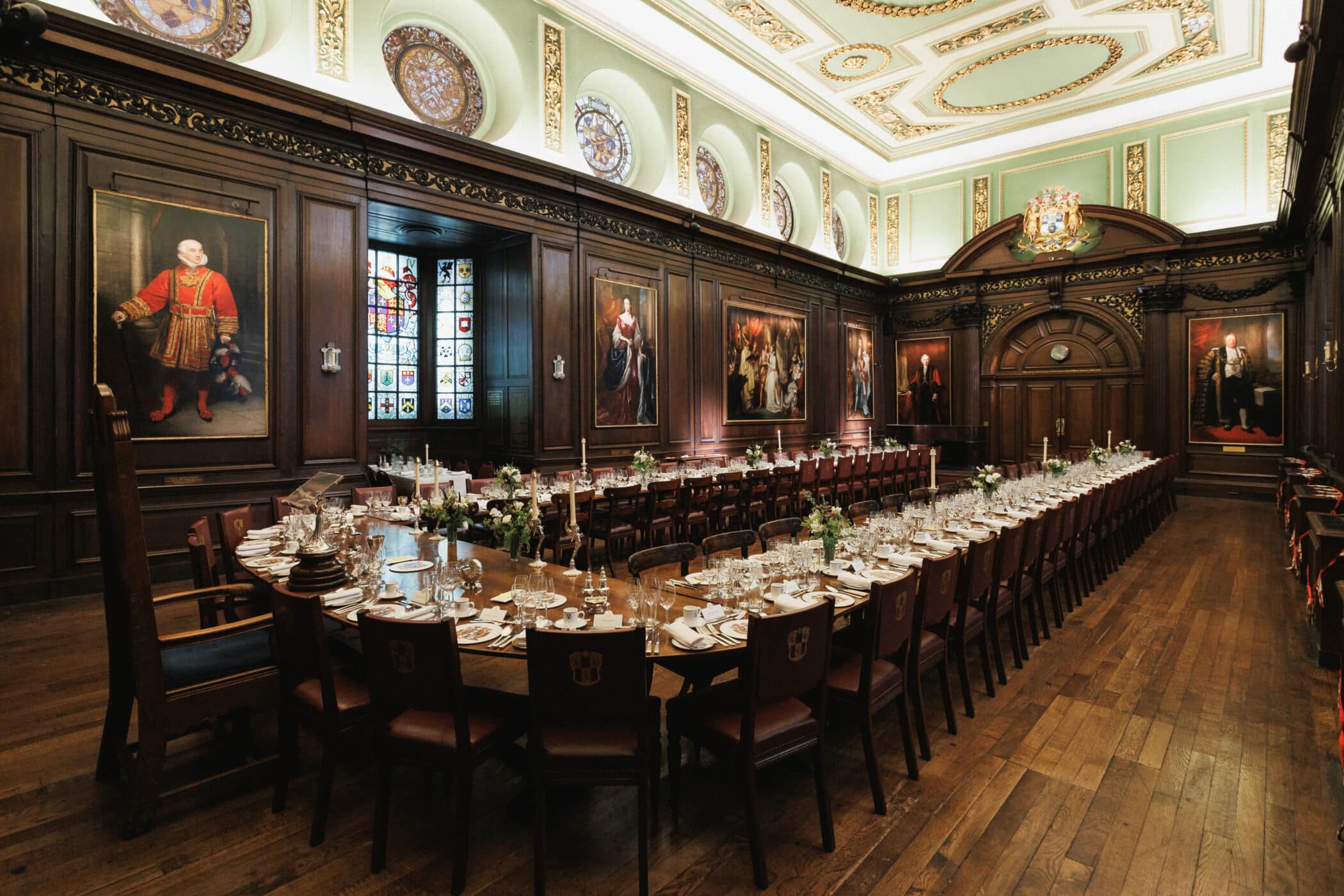Tuesday 14 October, 6pm (online via Zoom)
Join us to hear our Archivist, Clare Sargent, bring the story to life, and to share your own memories and experiences. Together, we will help build a rich and vibrant oral history of cricket at Radley.
Register your attendance here and read more below ↓
Cricket has been part of the Radley experience since the earliest days of the College. The first recorded match, against Bradfield in 1853, was lost by 46 runs – and early calls to make the sport compulsory were quickly evaded, with critics dismissing cricketers as “Do-nothings” who stood about with hands in pockets, eating sweets. Overshadowed by rowing, ‘Dry-bobs’ were long outnumbered by their river-going counterparts, and for two decades the College could scarcely field a reliable eleven. Even the pitch itself, still ridge-and-furrow, was barely playable.
Things began to change in 1868 when don C. R. Moore, a keen cricketer, took the lead, later founding the Old Radleian Cricket Club (the Radley Rangers) in 1873. Cricket quietly grew in strength: the Pavilion (now Old Pavilion) was opened in 1900, and in 1937 Ivor Gilliat – a first-class cricketer – came to teach at Radley, remaining the guiding spirit of the game until 1963.
Across the years, Radley has produced numerous outstanding players, among them (to name just a few) William Collins (1858), Thomas Speyers (1882, B), Hugh Lindley-Jones (1934, D),
Ted Dexter (1948, F), Ben Hutton (1990, B), and Andrew Strauss (1990, B), James Scott (1992, F), Jamie Dalrymple (1994, H), and Charles Wallis (2005, B). Their achievements reflect the enduring role of cricket in Radley life – a sport that, despite its sometimes precarious place in the College’s history, has inspired generations of boys.

